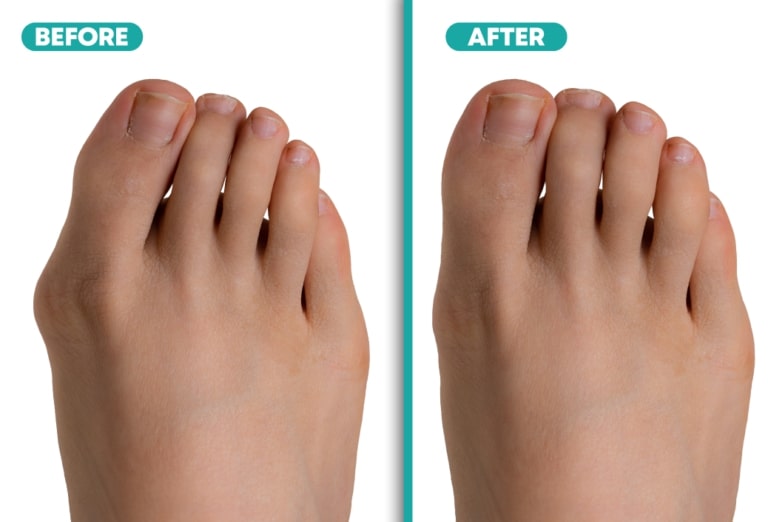Bunions
Bunions services offered in Sugar Land, TX
Have you noticed a bump growing on the side of your big toe? Do you suffer from pain in your big toe when walking? Are your shoes starting to feel too tight? You might be experiencing the common symptoms associated with a bunion.
Bunions commonly cause pain and discomfort among foot problems, mainly affecting people with family histories and women. At Vargas Foot Specialists, located in Sugar Land, Texas, double board-certified podiatrist Marco Vargas, DPM provides various treatments for bunions. Book an appointment by calling our office or scheduling online today.

What are Bunions?
A bunion is an outgrowth at the base of the big toe. Usually, it forms part of an entity called hallux valgus (The big toe leans towards the second toe, rather than pointing straight). This throws the bones out of alignment producing the bunion´s “bump”. Symptoms usually appear at later stages, althought some people never have symptoms.
Bunions usually develop gradually over a long time due to mechanical pressure on the foot in the presence of predisposing factors. For example, pressure from the tight foot wears over the big toe, causing it to move toward the tiny toes. Over a period, this causes a change in the standard structure and anatomy of the foot, causing a bunion to develop.
Certain factors that predispose to bunions include:
- Women (especially older women).
- People with a family history.
- Occupations such as teaching, nursing, ballet dancers.
- People who wear heel lifts and narrow-toe shoes.
What are the symptoms of bunions?
Bunions are usually seen as a physical bump on the base of the big toe. Symptoms which occur at the site of the bunion, may include:
- Swelling and redness on the joint of the big toe.
- Pain that may vary in intensity.
- Thickness of the skin around the joint.
- Inability to bend the big toe normally.
- Disability affecting regular activities.
How are bunions diagnosed?
At Vargas foot and ankle specialists, Dr. Vargas would review your medical records and ask about your symptoms. Then, to fully evaluate the condition a medical evaluation would be done on your foot. This would include checking your big toe, the surrounding skin, and joints. The goal is to check pain and sensitivity over the skin.
Dr. Vargas may order additional investigations like an X-ray to see the bones’ alignment to determine the deformity’s degree and assess the changes that have occurred. Once the evaluation is made, Dr. Vargas will develop a treatment plan to suit your needs.
How are bunions treated?
Treatment of bunions depends on several factors, such as the severity of symptoms and associated disability. To reduce the chance of damage to the joint, periodic evaluation and X-rays by our specialist needs to be done.
Dr. Vargas recommends conservative early treatments such as changing your footwear to fit slightly bigger ones, using paddings to reduce friction, doing activity modifications such as avoiding standing for long periods, and using prescription orthotics and pain medication to help relieve the pain.
If non-surgical treatments fail to relieve bunion pain and when the pain of the bunion interferes with daily activities, it’s time to discuss bunion surgery options.
To receive treatment for a bunion, make an appointment at Vargas Foot Specialists by calling the nearest office or booking online today.













